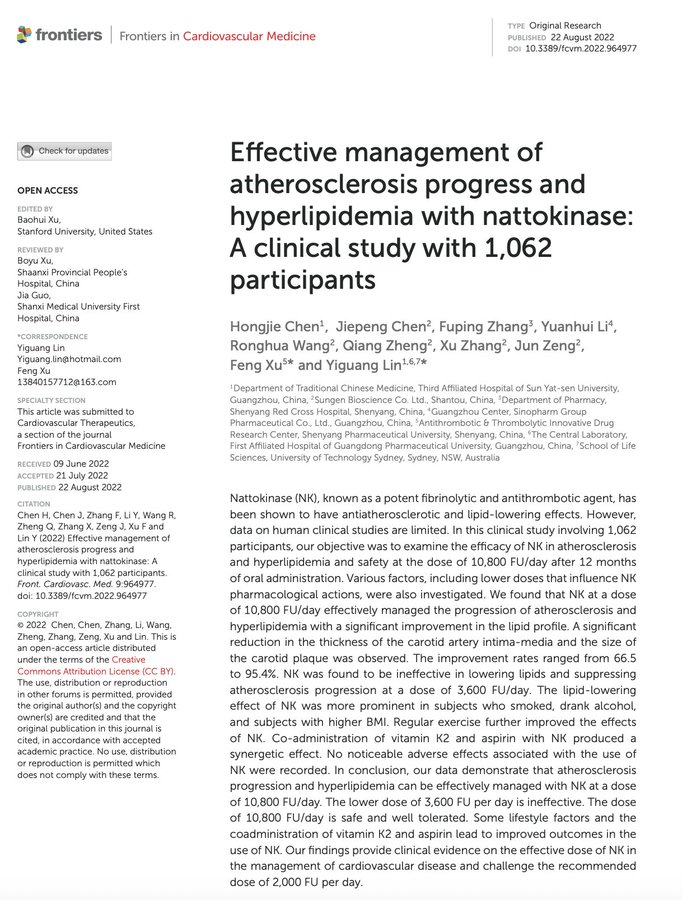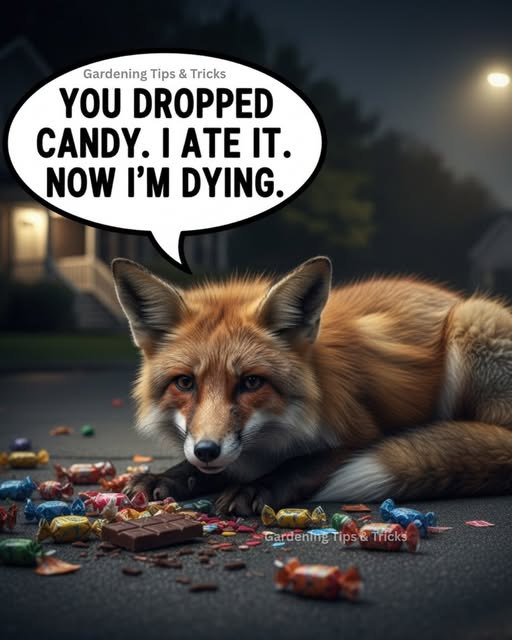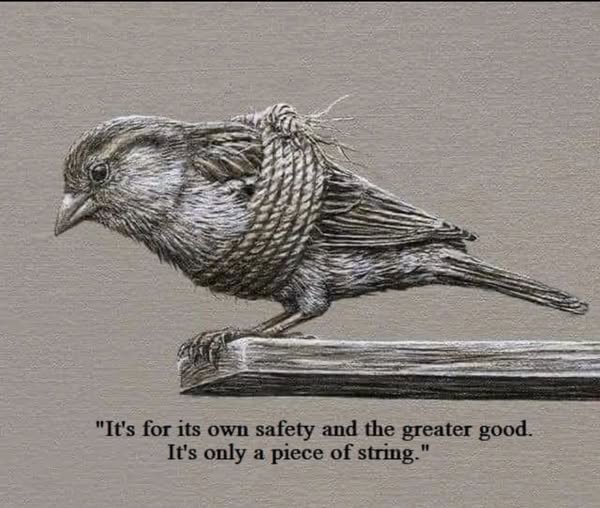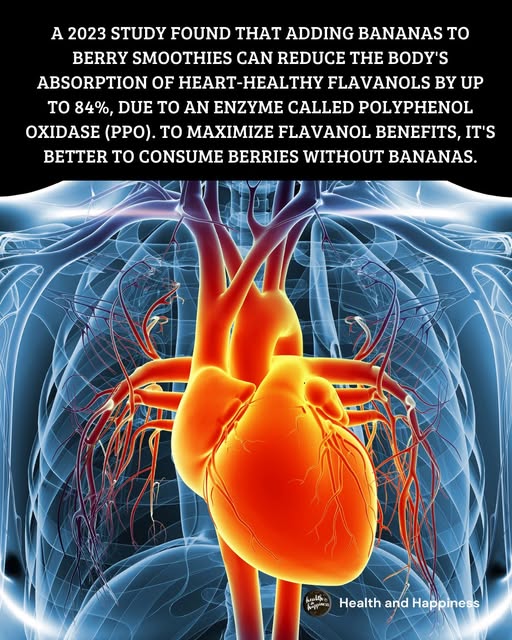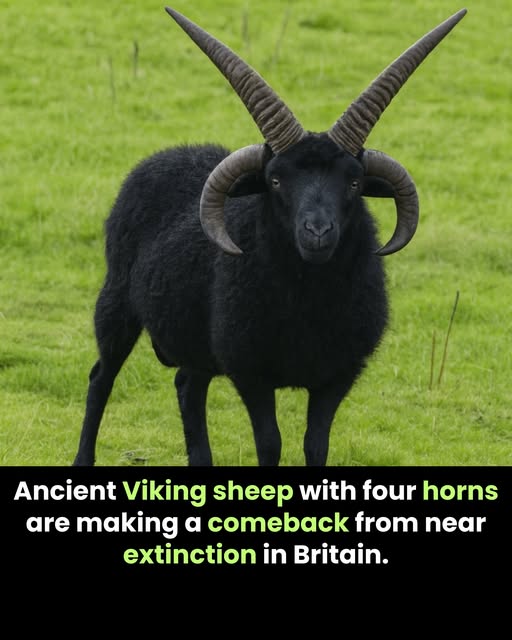
Back in the 1970s, Dr. John Yudkin warned that sugar, not saturated fat, was the true dietary villain behind rising rates of heart disease.
His message was buried by the sugar industry and overshadowed by Ancel Keys’ “diet-heart hypothesis,” which blamed butter, eggs, and red meat.
Now, decades later, modern research confirms what Yudkin tried to tell us — that fructose and refined sugars drive metabolic dysfunction:
Insulin resistance
High uric acid and hypertension
Lipid overproduction and inflammation
All of which fuel atherosclerosis and cardiovascular disease.
Despite lower dietary fat and cholesterol intake since the 1970s, heart disease rates haven’t fallen — but our sugar consumption has skyrocketed.
Turns out the problem wasn’t the steak on our plate… it was the sugar in our cup.
Source: Ting KKY. “John Yudkin’s hypothesis: sugar is a major dietary culprit in the development of cardiovascular disease.” Frontiers in Nutrition (2024).
